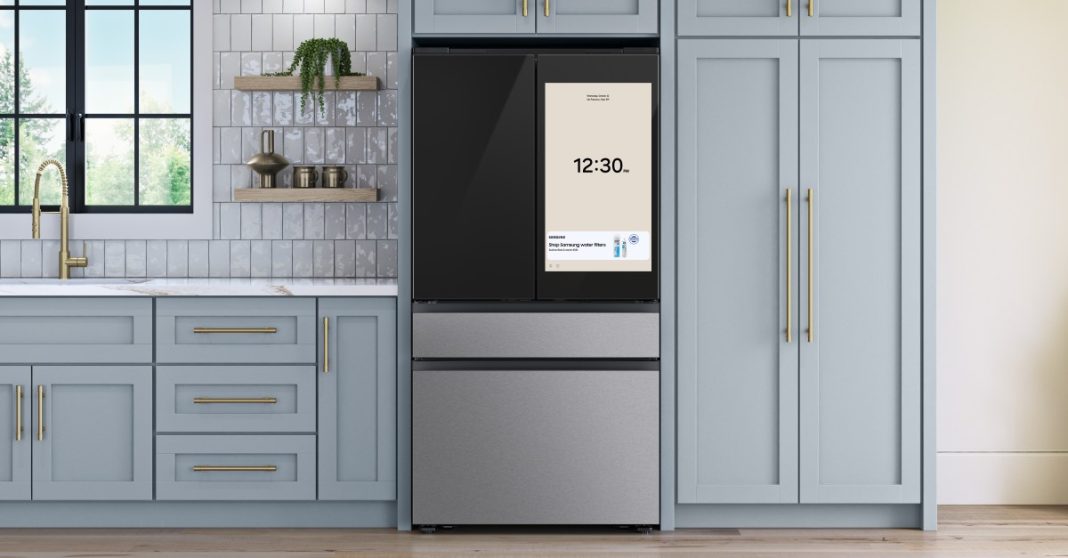The gleam of a brand-new, top-of-the-line Samsung smart fridge gracing your kitchen countertop is a testament to modern convenience and cutting-edge design. It organizes your groceries, streams music, displays family photos, and even suggests recipes. You shelled out a significant sum, perhaps north of $2,000, for this technological marvel, expecting a seamless, premium experience. But what if that sleek screen, designed to simplify your life, also started serving you ads? Welcome to the increasingly blurred lines of smart home technology and commercialization.
The Digital Canvas in Your Kitchen
Imagine glancing at your fridge’s vibrant display, perhaps to check your calendar or a shopping list, only to be met with a banner ad for a specific brand of yogurt, a promotional video for a new streaming service, or a pop-up suggesting a recipe that just happens to feature a sponsored ingredient. This isn’t science fiction; it’s the evolving reality for smart appliance owners. Ads on your smart fridge won’t be subtle static billboards. We’re talking about dynamic content: small video clips playing in a corner, interactive modules tied to recipe suggestions, or even alerts for nearby supermarket deals based on your inventory. Samsung’s Family Hub, with its large touchscreen, is a prime candidate for this kind of digital real estate. It’s an always-on, highly visible screen in one of the most trafficked rooms in the house, a marketer’s dream for contextual and targeted advertising.
The potential for integration is vast. If your fridge detects you’re low on milk, expect an ad for a dairy product. If you’re browsing recipes for dinner, don’t be surprised to see a sponsored brand highlighted as the key ingredient. While some might argue this could be helpful, like reminding you of a sale on an item you actually need, the primary purpose is clearly monetization. It transforms a functional appliance into an advertising portal, subtly, or not so subtly, influencing your purchasing decisions within your own home.
The Premium Paradox: Paying for Ads?
This development raises a significant question: are consumers truly getting a premium experience when they’re essentially paying for the hardware and then also becoming a target for advertising revenue? The expectation with a $2,000 appliance is usually one of unadulterated functionality and a superior user interface, free from the commercial interruptions typically associated with free services or ad-supported content. As one tech analyst, Maria Rodriguez, recently commented, “We’re moving beyond paying for the hardware. We’re now paying for the privilege of being targeted, even in our own homes. The question is, what’s the fair trade-off?”
The justification from manufacturers often centers on “enhanced personalization” or “valuable offers.” However, for many consumers, ads on a device they’ve already purchased at a high price point feel like an intrusion, diminishing the sense of ownership and control. It fundamentally alters the value proposition. Instead of simply buying a fridge, you’re buying into an ecosystem where your kitchen is now another advertising channel. This trend suggests a future where even the most expensive consumer goods might come bundled with an expectation of ad exposure, challenging our traditional understanding of what it means to truly own a product.
Conclusion: The Future of Our Connected Homes
The sight of ads on your smart fridge signals a broader shift in how device manufacturers view their relationship with consumers. Your $2,000 Samsung smart fridge is not just a cold box; it’s a connected device, a data generator, and increasingly, an advertising platform. While the ads might start subtly, the precedent is set. Consumers must weigh the perceived convenience and smart features against the persistent presence of commercial messaging in their most personal spaces. Understanding what these ads will look like is the first step in deciding whether this is a future we’re willing to embrace or push back against, as we redefine what “smart” truly means in our homes.




